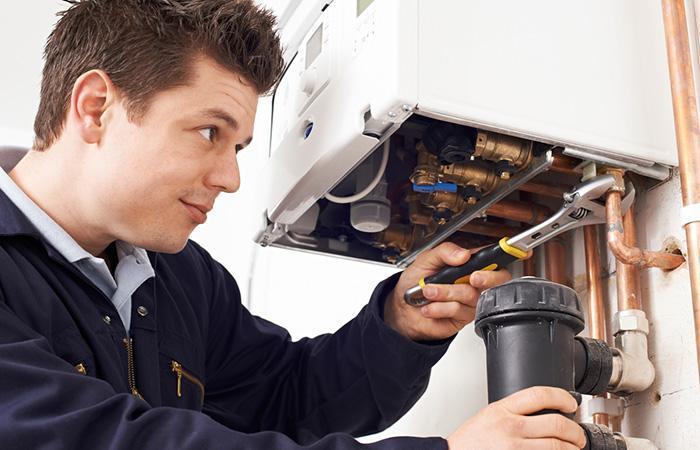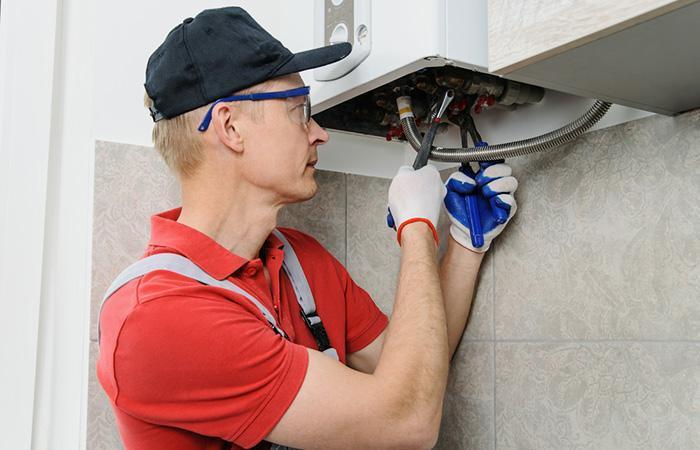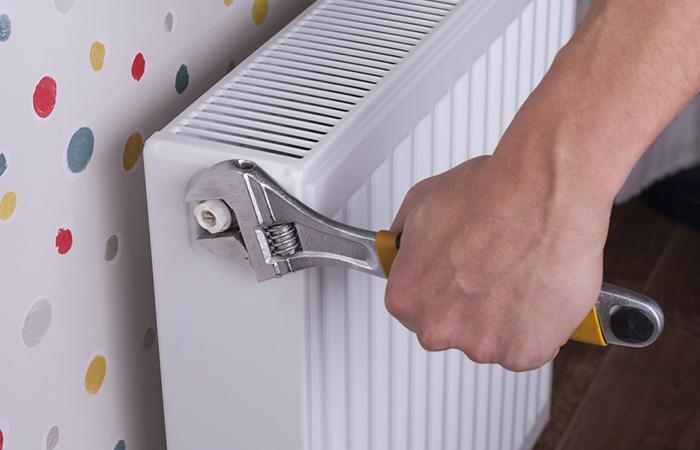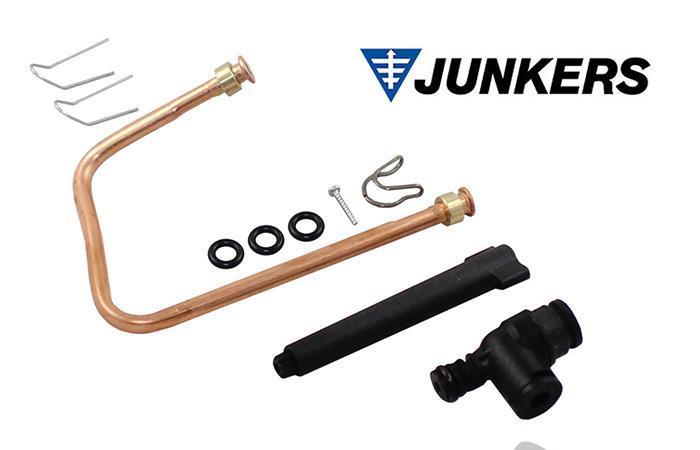Operation, faults and solutions
The fill valve is one of the vital components of the boiler, because it allows us to manage the pressure, as we will see in this article. Greater water input implies greater pressure, and this is something that must be managed very well. The filling tap on the Junkers boiler is especially important, since these boilers do not usually have a drain tap, and if we let in excess water and this increases the pressure too much, then we will have to manipulate the safety valve, and that is not recommendable. Let’s look at all the details about the filling tap in Junkers boilers.
Importance of the filling tap on the Junkers boiler
We reiterate that in the case of the filling tap on the Junkers boiler, it must be handled carefully, because it does not usually have a drain tap, and if excess water is allowed to enter, then the pressure will have to be lowered, allowing water to escape through the safety valve, and that is not always secure.
It is not just that the safety valve will expel very hot water: that is remedied by waiting a bit before letting the water out. The problem is that by manually handling the safety valve, you run the risk of damaging it because it does not fit quite well and then leaks.

Location of the fill valve in the Junkers boiler (by model)
The filler tap on the Junkers Eurosmart boiler, as well as the filler tap on the Junkers Cerapur boiler, are usually located towards your left side when you are standing in front of the boiler. Instead, the filler cock on the Junkers Eurostar boiler tends to be located more towards the centre of the equipment.
For the exact location of this component, we refer you to the respective manuals, which generally include numbered diagrams. If you do not have the manual for your boiler, look for it and download it on the official Junkers website .
Faulty fill valve: excess pressure problems
One of the most frequent reasons why a boiler inexplicably rises in pressure is that the filler valve has been left open without us realising it, or that it is dirty or calcified and does not close properly, or that it is broken and lets water pass continuously, even if it is little by little. In all these cases the pressure will rise for no apparent reason, and it may rise too high.

Put succinctly: if for any reason the water continuously goes into the boiler, the pressure will not stop increasing. This is delicate, especially if the safety valve and the expansion vessel fail to correctly fulfil their functions of relieving the excesses and shocks of internal pressure in the boiler. That is why it is important to make sure to close the inlet tap once it has fulfilled its function, in addition to always making sure that all these components are working properly.
If you notice that even if you close the fill valve the pressure does not drop, do not worry about it, because it is sensitive and you can break it and make the situation worse. Go to qualified personnel, because the reasons for the excess pressure may be other : faulty expansion vessel, communicated exchanger, etc.
A trick to know if the inlet valve is broken
A symptom that excess pressure is related to the inlet tap is when the pressure rise occurs even while the boiler is off. So you can deduce that it is not a thermodynamic issue but a hydraulic one, and that can lead you to the conclusion that the cause is the filler valve, dirty, clogged or damaged.
For the former (dirt or calcification), good maintenance can do the trick. In fact, if you carry out the rigorous maintenance of the boiler every year , you may never face problems like these. But if, on the other hand, the entrance tap is broken, it is best that you change it for a good spare, because otherwise the boiler will not be able to work properly.

How to lower the pressure if the fill valve let in excess water
Manual use of the safety valve is generally not recommended. The ways to relieve the pressure of a Junkers boiler to which excess water has been allowed to enter through the filler tap, can be:
- Open the safety valve (not recommended) and let the water flow out until the pressure drops. If by chance you let too much water out and the pressure then drops too much, just open the tap again and allow the water to go into the boiler. This time keep an eye on it and close it as soon as the pressure is between 1 and 2 bars, which is usually the normal level of pressure in a domestic boiler. Access spare parts for Junkers safety valves for sale at Suner
- Purge the radiator closest to the boiler until the pressure drops or normalises. We recommend that you read our article where we give advice on purging radiators. Click to access the article .
- Draining the boiler through the furthest radiator is another way, not only to lower the pressure, but also to solve any situation that requires removing the water from a boiler that does not have a drain tap. In this case, the emptying is carried out by opening the drain valve little by little, until no more water comes out. Access spare parts for radiators at Suner .


